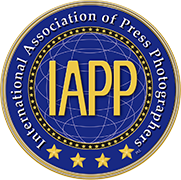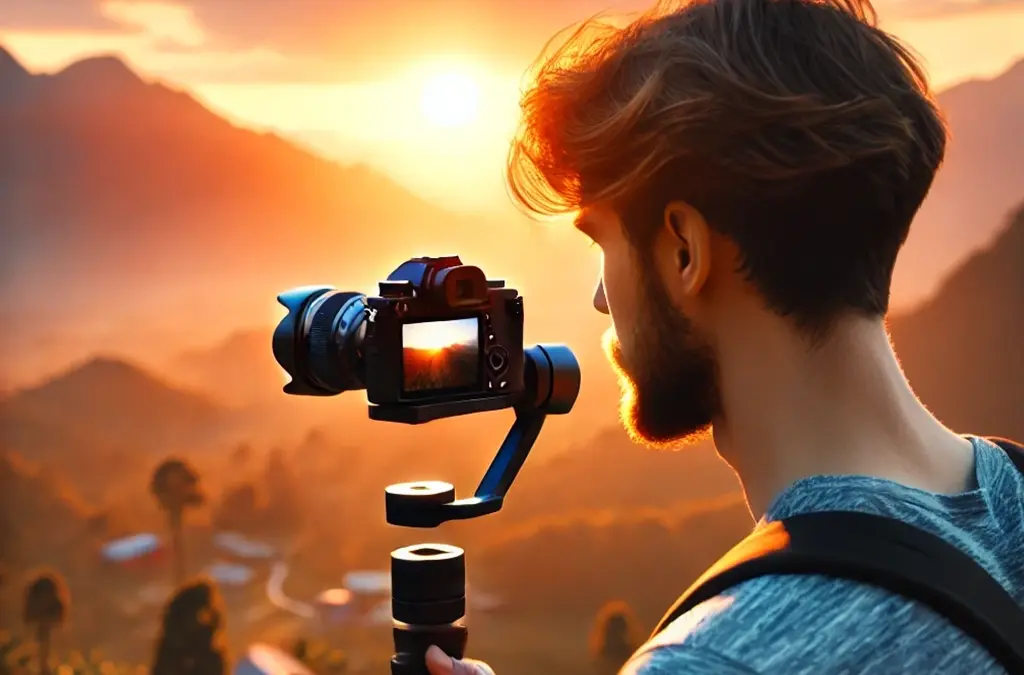Introduction
Photography is an art that relies on both the skills of the photographer and the tools they use. Whether it’s shooting breaking news, stunning scenery, or perfectly timed action shot, having the right gear is essential. From cameras and lenses to lighting and software, every tool plays a role in ensuring high-quality images.
A photographer’s toolbox isn’t just about owning the latest equipment, it’s also about understanding how to use it effectively. Professionals invest time in selecting, maintaining, and mastering their equipment to ensure they never miss the perfect shot. In this guide, we’ll explore the perfect tools to help photographers achieve the best results and take their craft to a new level.
Essential camera equipment
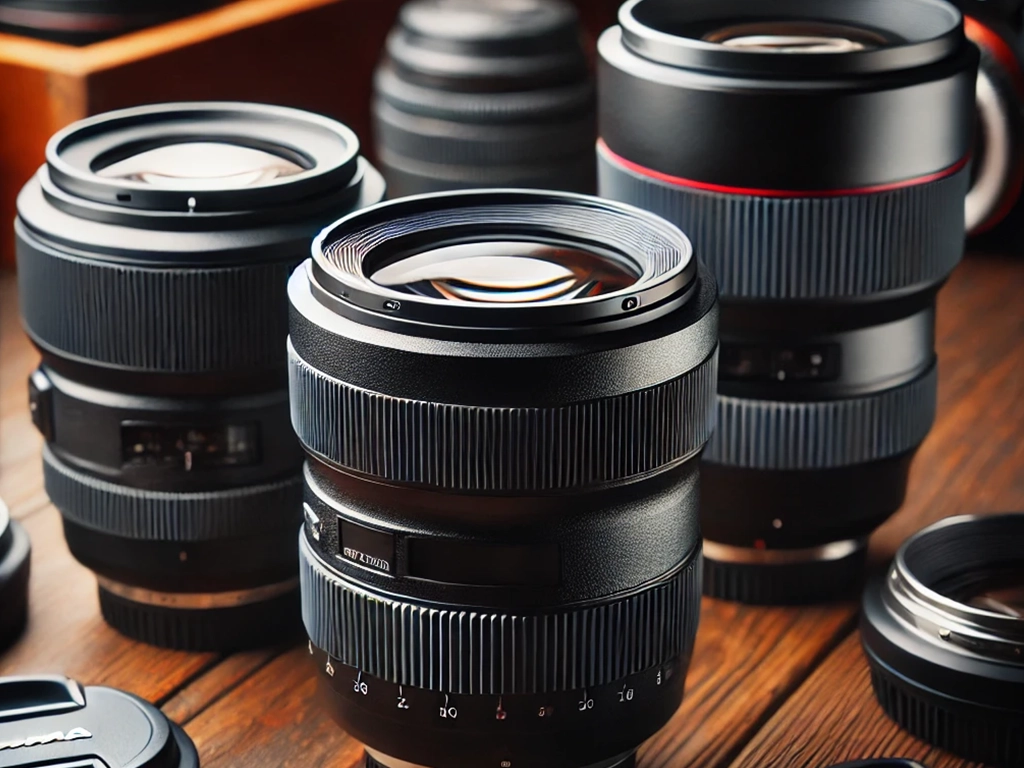
1.Choosing the right camera
Choosing a camera depends on the type of photography you specialize in. The right camera should provide the necessary image quality, performance, and versatility to meet your needs. Here are some of the best options:
- DSLR Cameras – Known for their versatility, excellent image quality, and interchangeable lenses, DSLRs remain popular with professional photographers. Brands like Canon and Nikon offer advanced autofocus systems and robust low-light performance.
- Mirrorless cameras – Compact, lightweight, and equipped with advanced autofocus systems, mirrorless cameras have gained popularity. Sony, Fujifilm and Panasonic offer models with exceptional speed and image clarity.
- Compact cameras – Compact cameras such as the Sony RX100 series and Canon PowerShot are ideal for travel photography and casual shooting, offering excellent portability without sacrificing image quality.
- Smartphone cameras – Smartphone cameras are becoming more and more powerful, providing convenience and high-quality results with AI-powered features. Models from Apple, Samsung, and Google have advanced computational photography techniques that rival traditional cameras in many scenarios.
2.Lenses for every situation
Lenses are one of the most important tools for photographers. The right lens can transform an image, providing clarity, depth and artistic impact. Key lenses include:
- Wide-angle lens – Perfect for landscapes, architecture, and large group shots, wide-angle lenses offer a wide field of view.
- Telephoto lens – Telephoto lenses are best for wildlife, sports, and distant subjects, offering powerful magnification and background compression.
- Prime Lens – Provides a prime lens with excellent sharpness and bokeh, making it ideal for portraits and low-light photography.
- Macro Lens – Used for extreme close-ups, macro lenses are essential for capturing intricate details in nature, food, and product photography.
- Zoom Lens – Zoom lenses are a versatile choice for photographers who need flexibility. They offer multiple focal lengths in one lens, which means you don’t have to change equipment frequently.
Accessories to enhance photography
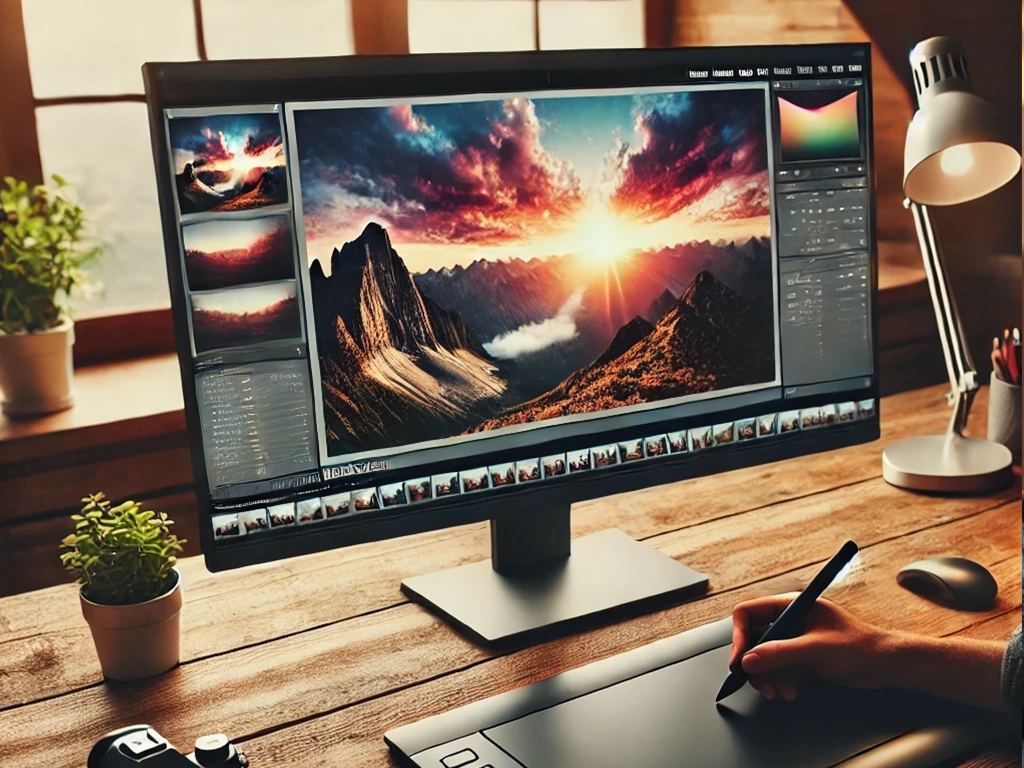
1.Tripods and stabilizers
A stable camera ensures sharper images, especially in low-light conditions or long exposures. Essential stabilization equipment includes:
- Tripods – A sturdy tripod helps achieve sharp images during long exposures, time-lapses, and astrophotography.
- Gimbal Stabilizers – Ideal for capturing smooth video footage and action footage, gimbals reduce camera shake for professional motion capture.
- Monopods – Monopods are a great compromise between portability and stability, providing quick grip when photographing sports and wildlife photography.
2.External flash and lighting equipment
- Flashes – Portable external flashes allow for greater control over lighting in a variety of conditions.
- Softboxes and reflectors – These tools diffuse harsh light and enhance portrait and studio photography.
- LED Panels – LED panels provide continuous illumination and are ideal for video recording and controlled photo settings.
- Ring Lights – Popular with beauty and macro photographers, ring lights produce even illumination with minimal shadows.
3.Memory Cards and Storage Solutions
- High-speed SD cards – Prevent buffering issues when shooting in high-resolution or burst mode. Brands like SanDisk, Lexar, and Sony offer high-speed UHS-II and CFexpress cards.
- External hard drives and SSDs – Backing up images is crucial. Portable SSDs offer faster speeds, while traditional HDDs offer low-cost storage.
- Cloud storage solutions – Services such as Google Drive, Dropbox, and Adobe Creative Cloud ensure accessibility and protection against data loss.
Post-processing and editing software
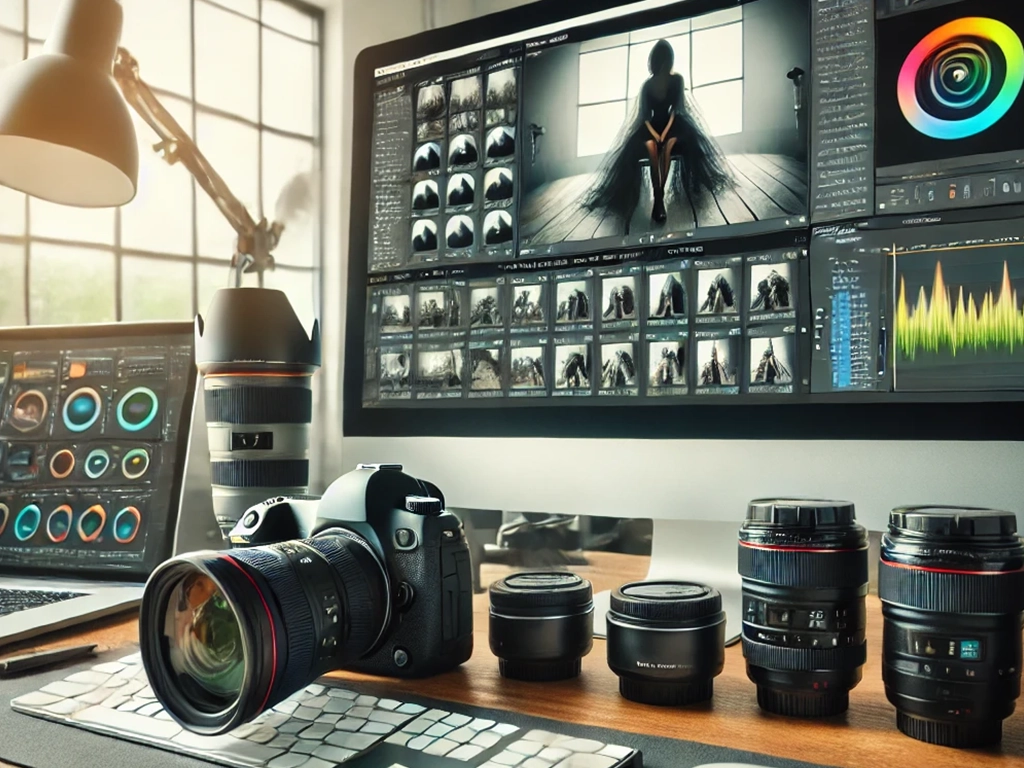
1,Adobe Lightroom and Photoshop
- Adobe Lightroom is the industry standard for professional photographers, offering non-destructive editing and organization tools.
- Photoshop allows for advanced retouching, compositing, and creative manipulation.
- Presets and AI-powered tools speed up workflow and expand creative possibilities.
2.Capture a
- It is preferred by many professionals for its superior color grading and tethered shooting capabilities, making it a favorite for studio and fashion photography.
3.Skylum Lighthouse
- Known for its AI-driven enhancements and user-friendly interface, Luminar is great for quick edits and stunning results with minimal effort.
4.Affinity Photo
- A cost-effective alternative to Photoshop with powerful tools for photo retouching and compositing.
Additional tools for professional photographers
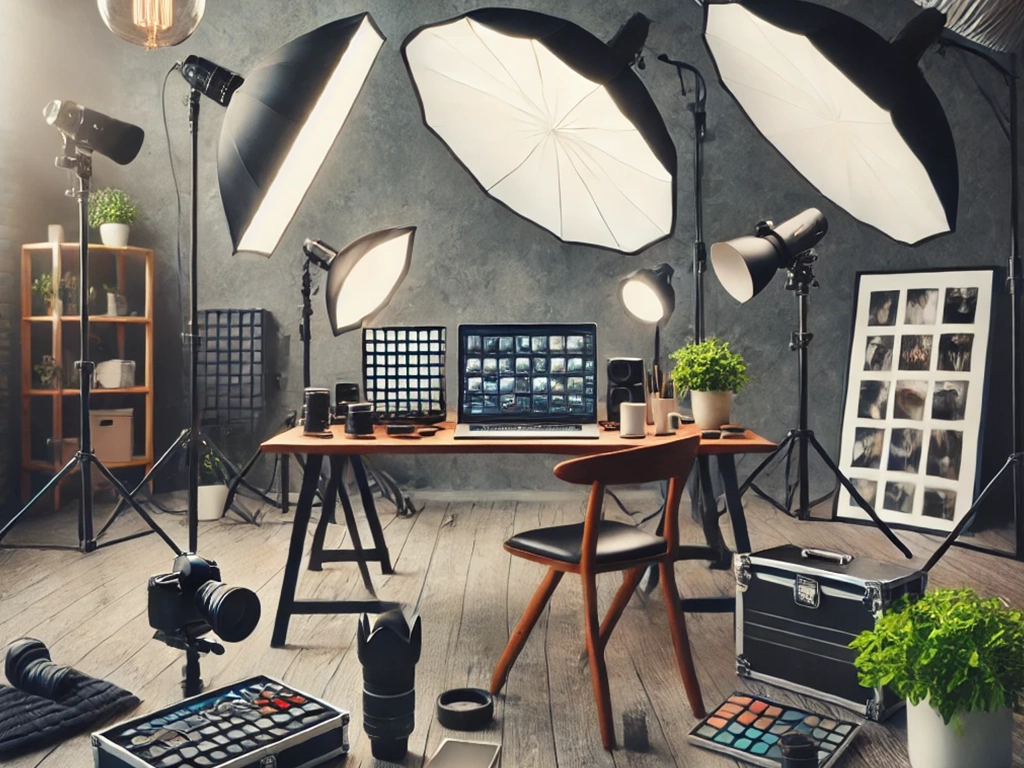
1.Drones for aerial photography
- Drones offer unique perspectives and cinematic footage that allow photographers to capture stunning aerial images.
- Some of the most popular drones include DJI Mavic, Phantom, and Autel Evo, which are known for their high-quality cameras and stable flight controls.
2.Portable power banks and extra batteries
- Powering cameras, lamps, and accessories on the go is essential for field photographers.
- The investment in additional batteries ensures uninterrupted photography during long missions.
3.Weather protection equipment
- Rain Covers – Protect expensive camera equipment from unexpected weather conditions.
- Waterproof Bags – Essential for photographers working in extreme environments such as rainforests or deserts.
- Lens Hoods – Reduce glare and lens flare and improve image contrast in bright light conditions.
Inference
The right tools are key to creating high-quality images. From choosing the best camera and lens to investing in editing software and accessories, every piece of equipment contributes to a photographer’s success.
Whether you’re a beginner learning the basics or a professional striving for perfection, the right tools will help you reach your full creative potential. Investing in reliable and high-quality equipment ensures that you can capture stunning images every time that will help you stay ahead in the world of photography.
